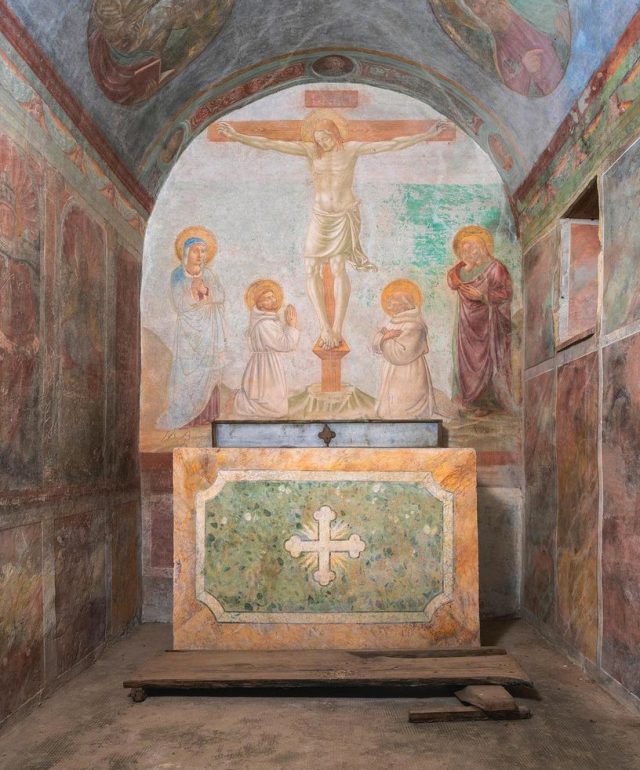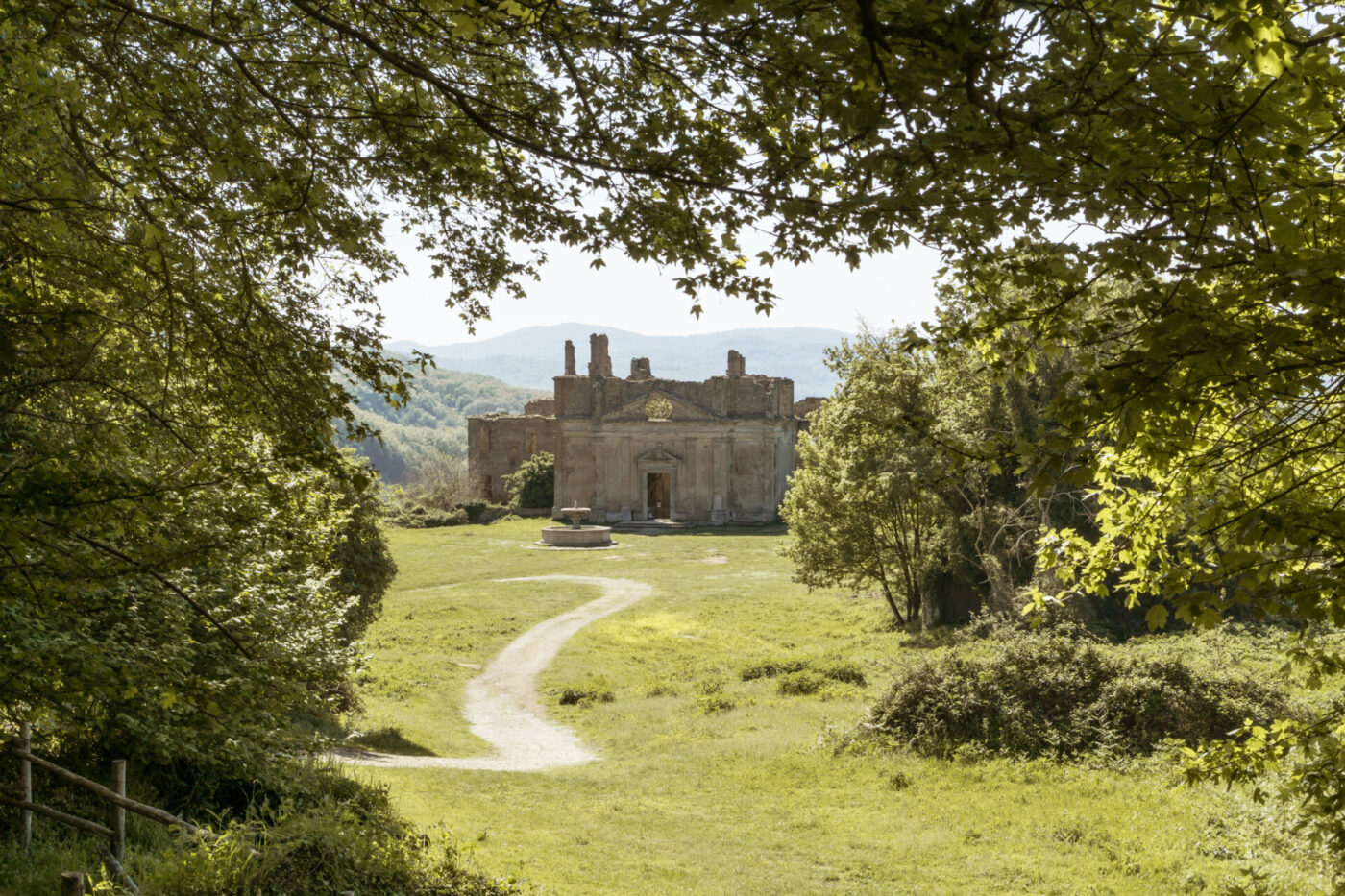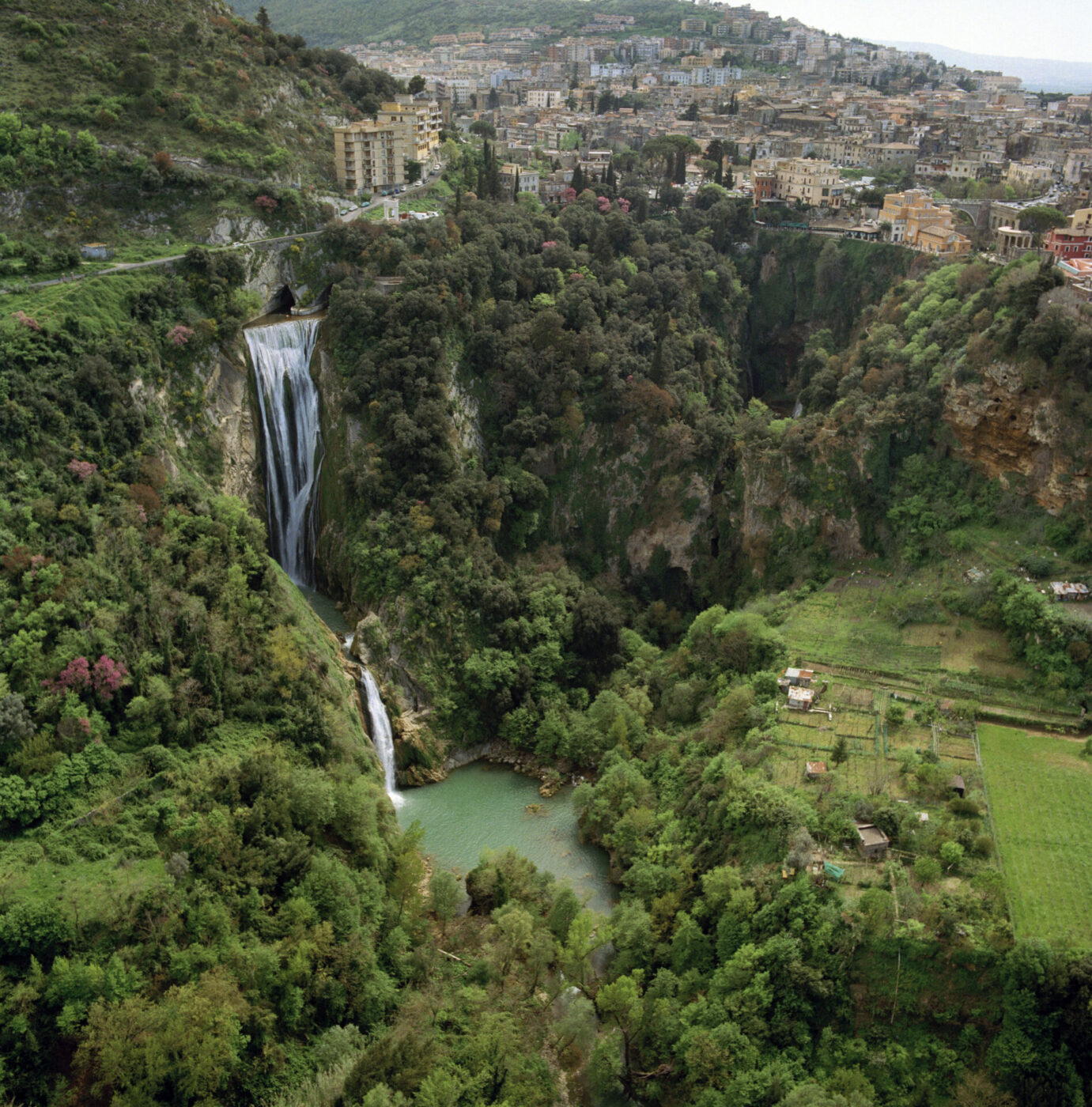There’s more to Lazio than just Rome, and there’s surely more to Rome than the Colosseum and carbonara (though, while you’re there, we can help with those cravings). Our Travel Team has picked out 10 of their favorite places to visit in the region–ones you’ve probably never heard of–from quirky diorama displays to enchanting gardens and gorges… and, of course, a cathedral or two along the way.
To discover more off-the-beaten-path experiences, book a call with our travel experts or check out our experiences page!
Diorama Gallery – Collecting with a capital C is not entirely extinct, and this gallery, or rather “chamber of wonders”, in the heart of Trastevere–which opened about two years ago–is proof. The collection, which is something of a cabinet of curiosities, is set in an 18th-century Roman palace under starry vaulted ceilings. Scattered thoughtfully around the rooms of the palazzo, the museum boasts everything from 19th-century French curiosities to taxidermy displays to illuminated manuscripts to native tribal arts. It’s a wonderland, beckoning you to fall down the rabbit hole.
Contact us to visit this magical place behind closed doors, accompanied by the owners.
Fondazione Micol Fontana – Just a few meters from Rome’s famous Spanish Steps, in the city’s designer district, fittingly lives the archives of the illustrious Fontana sisters, in the house they grew up in. The sisters’ designs have graced wardrobes and runways of the likes of Ava Gardner, Liz Taylor, Audrey Hepburn, Grace of Monaco, Soraya, Maria Gabriella of Savoy, and Jacqueline Kennedy, just to name a (notable) few. The Micol Fontana Foundation today holds in its archives this important collection of high fashion creations made between the 1940s and 1990s, all there for you to ogle and lust after.
Contact us and we’ll organize a visit for you, led by an expert from the Foundation. This will include: a brief history of the house, a visit to the archive of vintage dresses and a viewing of a vast collection of designs from the 1940s to the present day, embroidery samples, photographs of models and famous people who frequented the Atelier Sorelle Fontana, and more exclusive insights.
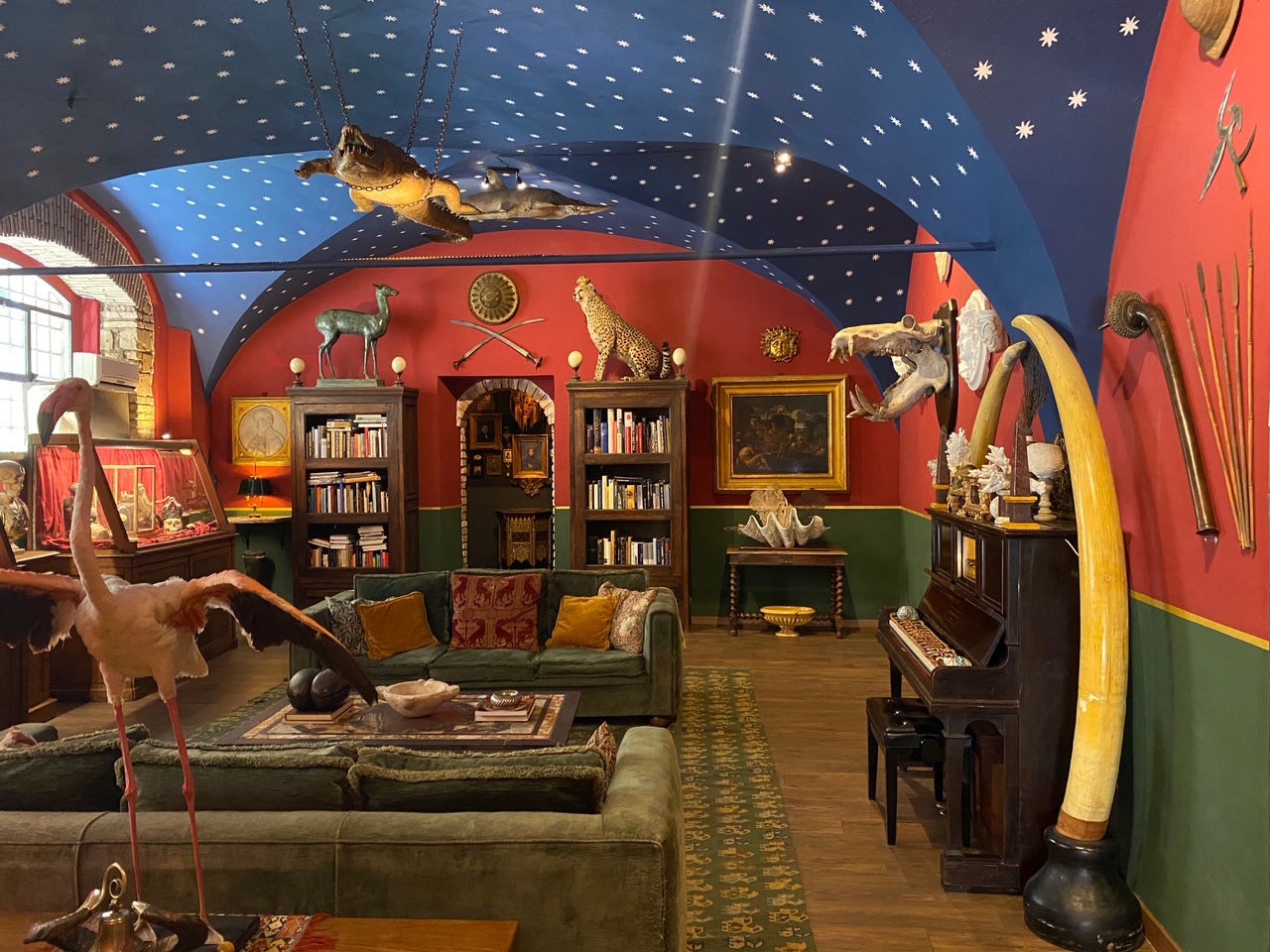
Diorama Gallery
Cripta di Anagni – Anagni is an ancient and picturesque Latium town also known as the City of the Popes, setting of the famous slap given to Pope Boniface VIII by King Philip IV “The Beautiful” of France, who was his political opponent. It was a dramatic event, known thereafter as “the outrage of Anagni”. The town’s cathedral is almost as jaw-dropping: inside is a crypt that is so incredible it’s been called the “Sistine Chapel of the Middle Ages.” The cosmic floor with vivid inlays forming geometric patterns is original (1230s), and among the alternating Romanesque columns emerges the kaleidoscope of frescoes in powerful hues that entirely cover the walls and vaults. To reach the crypt, follow the Cathedral’s museum route, which takes you through sites like the library and ancient oratory, with its unique crucifix (which dates to 1400). The crypt can’t be visited on its own, but all the stops along the way are equally worthwhile.
Isola Bisentina – Isola Bisentina is set in the middle of Lake Bolsena, stage of Dante’s Divine Comedy. Appropriately full of fire and brimstone, the lake originates from a huge complex of eruptive vents, explosive in character, which began erupting about 600,000 years ago, creating a huge, deep calderic depression, which slowly filled with meteoric waters. Populated to escape the Saracen invasions of the 9th century AD, this 0.17 km squared island became first a hermitage of the Friars Minor and then a mausoleum of the Farnese family. Bisentina island, which was inaccessible until 2020, can be visited today and can be reached by the Lake Bolsena transport service, with departures from the piers of Bolsena and Capodimonte.
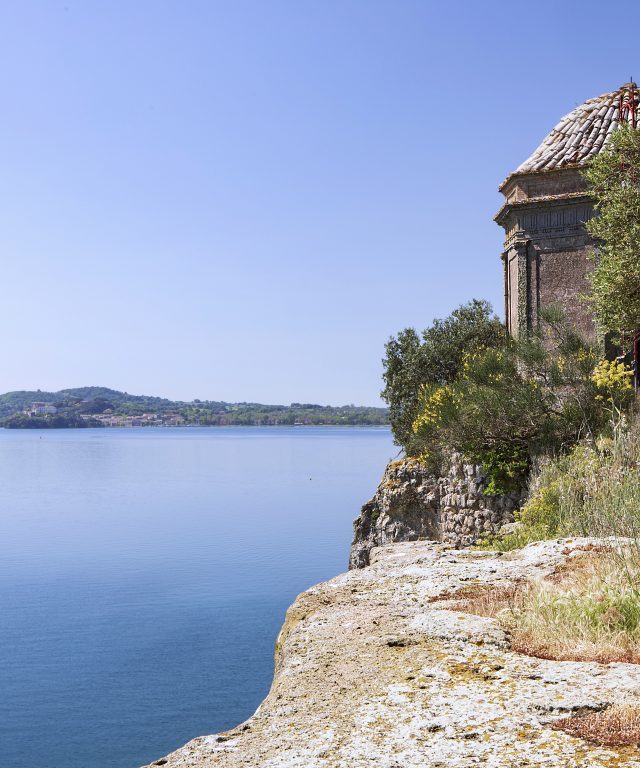
Courtesy of Isola Bisentina
Castello di Balthus – In the village of Montecalvello in the heart of Tuscia, the castle of Balthus is said to have been built between 774 and 776, though there are no actual records. It wasn’t until 1970, however, that the castle was finally purchased by Count Balthasar Klossowski de Rola (Balthus), one of the greatest figurative painters of the 20th century, whose family still owns it today. Balthus was a creative and a unique character, with a mysterious life lived at the turn of the two wars. His inner circle included the likes of Rainer Maria Rilke and Federico Fellini, who called him “a lord of the Renaissance.” Fascinated by the arcane and unspoiled nature of this place, he painted many of his works there–predominantly female and erotic subjects–some of which are still on display. Stepping into the castle home is like joining the salons of these creatives, with interiors untouched since the 70s and a facade that’s been around a hell of a lot longer.
Bosco Monumentale del Sasseto – Just below the Castle of Torre Alfina, in the northernmost part of Lazio, an unmarked hidden lane leads into the Monumental Bosco del Sasseto, a mecca of biodiversity in the Lazio region. Wander the historic “Cahen d’Anvers” gardens of the Torre Alfina Castle–designed in the early 1900s by architects Henry and Achille Duchêne–walk through the forest, and reach the spookily beautiful, neo-Gothic mausoleum of the marquis. The name comes from the many lava boulders that originated from a volcanic cliff above and around which many different species of centuries-old trees have grown; a rich underbrush that dispenses multiple blooms and the presence of many animals make Sasseto a magical place to visit in any season. As a Natural Monument, the forest has been a protected area since 2006, and recently the entire complex has been included in the regional network of historic homes.

Chiesa di San Bonaventura at Antica Monterano, Aspromonte
Giardini della Landriana – These gardens, extending over 10 hectares within a large estate on the Latium coast, were conceived in the late 1950s, when a marquis and his wife purchased the rural property. At that time, pine and eucalyptus trees were planted on the land devoid of trees and shrubs, with the purpose of providing shade for the farmhouse and curbing the winds that blew in from the sea only a few kilometers away. Today, the peculiar characteristic of the garden is that it is divided into “rooms,” each of which boasts a particular botanical feature: the valley of ancient roses with the lake, the orange garden, the white avenue, the olive garden, the blue meadow, the Spanish pool, and many others to be discovered during a pleasant guided tour.
Monterano Antica – Empty streets, overgrown vegetation, and abandoned Etruscan ruins–the ghost town of Monterano Antica, hidden away in the Lazio countryside, is cinematic… both literally and figuratively. Catch glimpses of this abandoned borgo–with its crumbling facades, Medieval-era baronial palace, and Renaissance-era convent–in Ben-Hur (1959) or Mario Monicelli’s Il marchese del Grillo (1981). The centuries-old buildings are striated with stone from different time periods, like standing history books. Located on top of a hill overlooking Lago di Bracciano, one of the largest lakes in the central-western region, Monterano makes for some pretty incredible views.
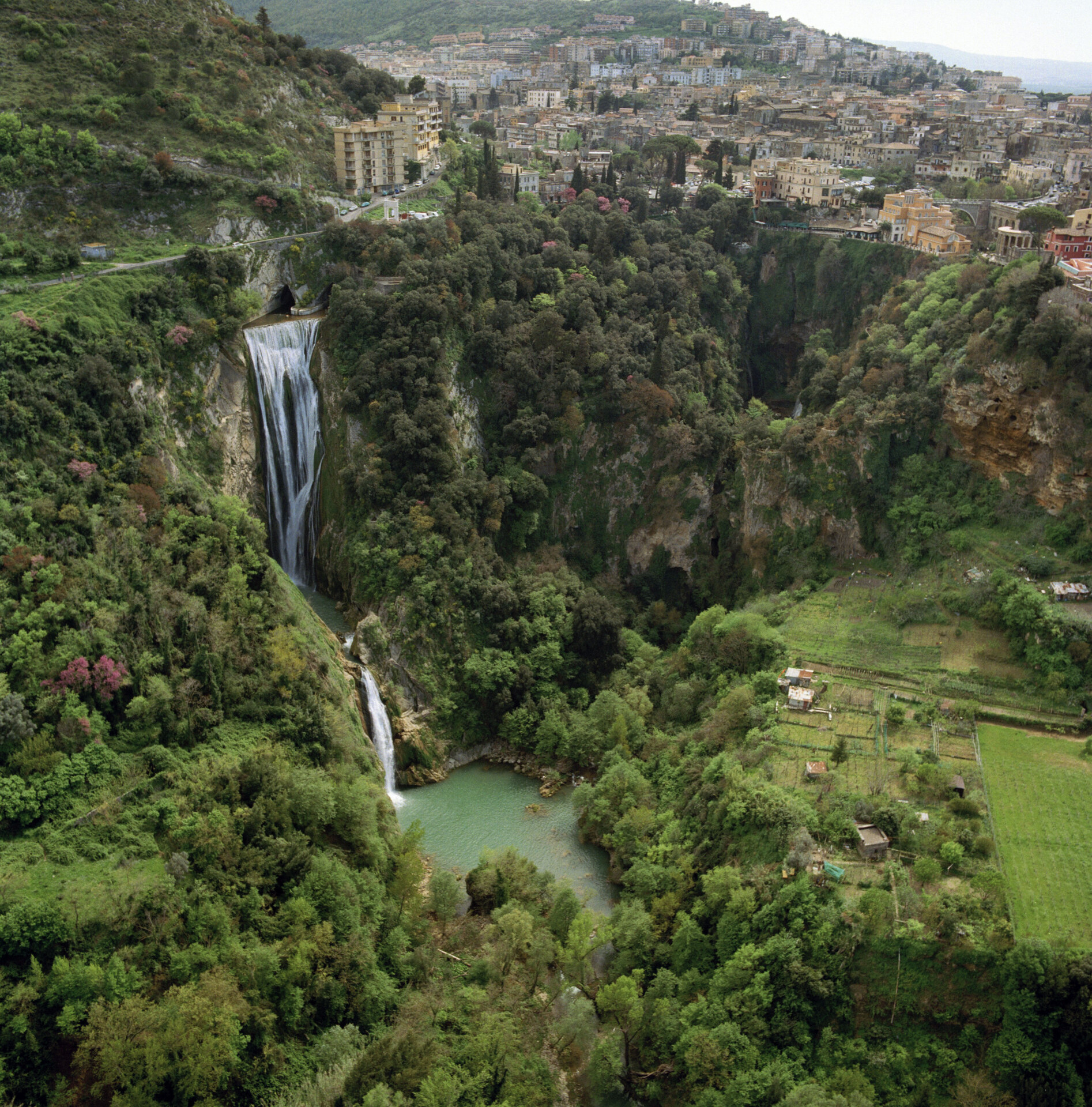
Parco Villa Gregoriana, Courtesy of FAI
Parco Villa Gregoriana – This enchanting park in the heart of Tivoli spans over 32 hectares and is the centerpiece of the Aniene River Gorge, a point where the river rushes through a deep canyon, creating incredible waterfalls and cascades. The park’s lush vegetation, with centuries-old trees and vibrant flowers, forms a picturesque backdrop to the rugged terrain and is considered one of the most romantic gardens in Italy. Villa Gregoriana, perched on the top, was initially designed in the 19th century to mitigate the threat of flooding in the area. Visitors can explore its network of ancient ruins, arched bridges, and dreamy pathways, all while being surrounded by the sounds of rushing water.
Parco dei Monti Simbruini – About an hour’s drive from Rome, this hidden treasure on the Abruzzo border sprawls over mountains, forests, and rolling meadows. The park is a sanctuary for biodiversity, home to an array of wildlife, including wolves, eagles, and numerous other species. Whether you want to go for a hike, take a dip in a lake or waterfall, or simply enjoy the panorama, all corners of the park offer wonderful experiences to its visitors. The ancient villages of Arsoli, Vallepietra, Camerata Nuova, and Cervara di Roma–dotting around the park’s periphery–are quiet and small, but brimming with authentic character and local culture. This insider tip is an escape from the capital’s hustle and bustle and an invitation to a day of serenity.



